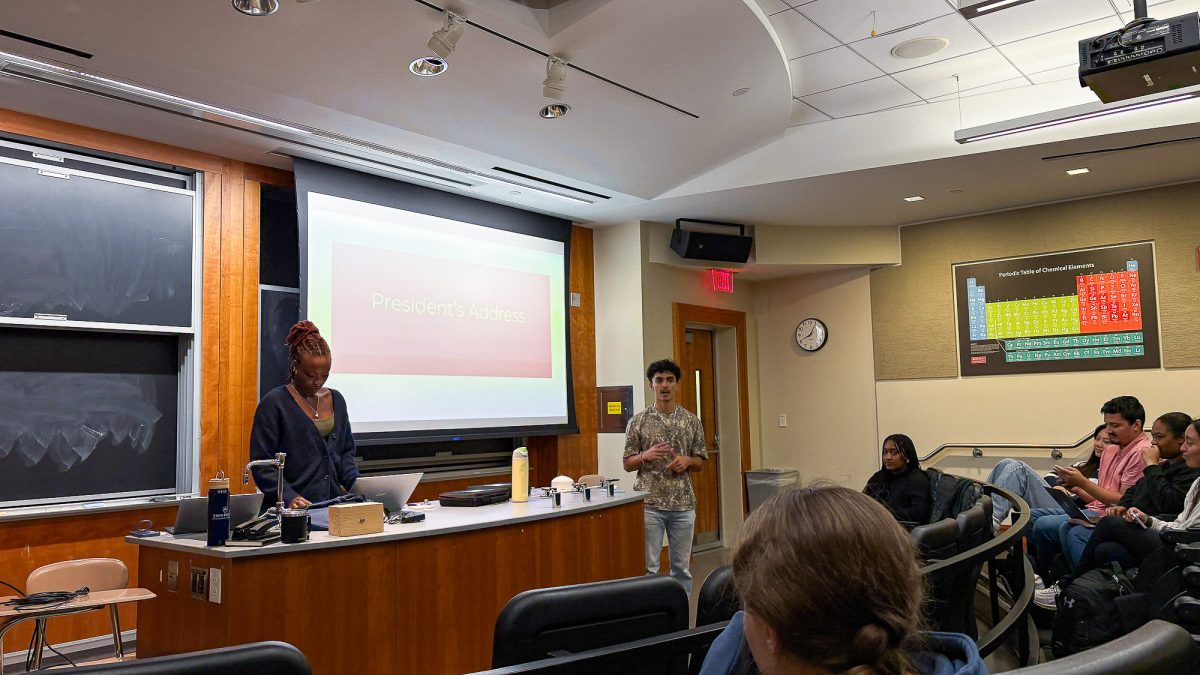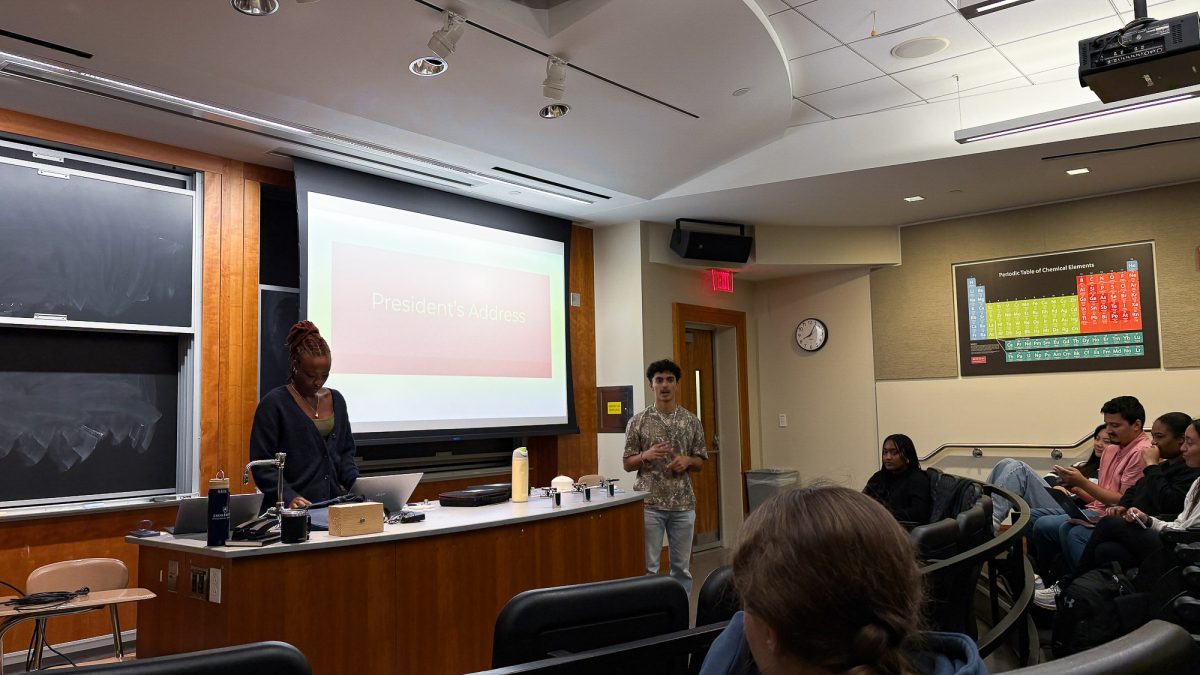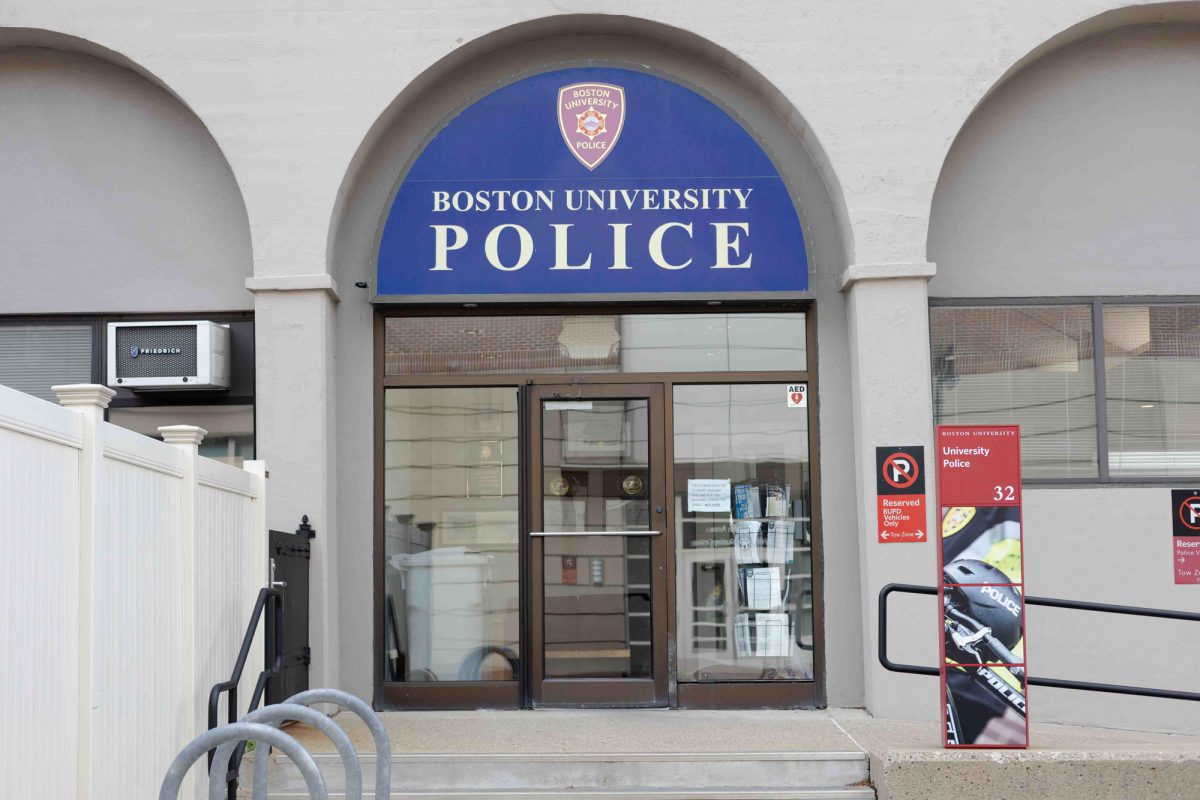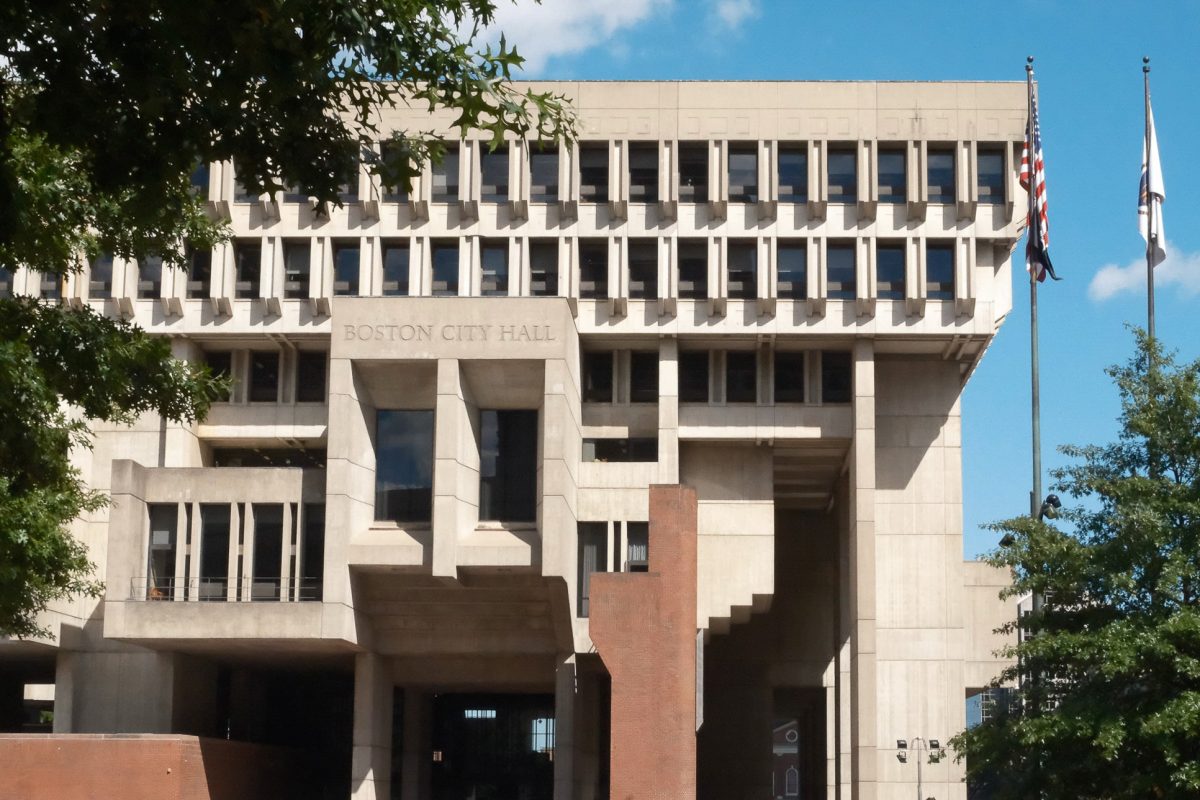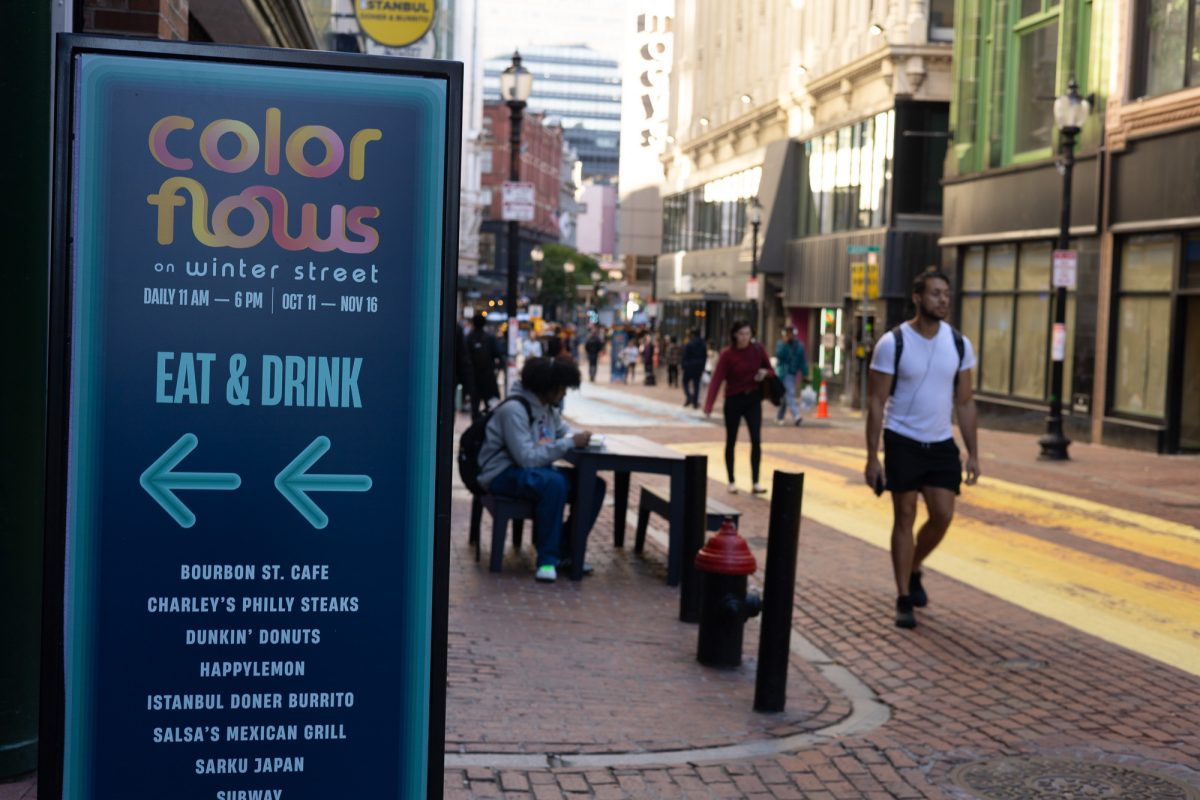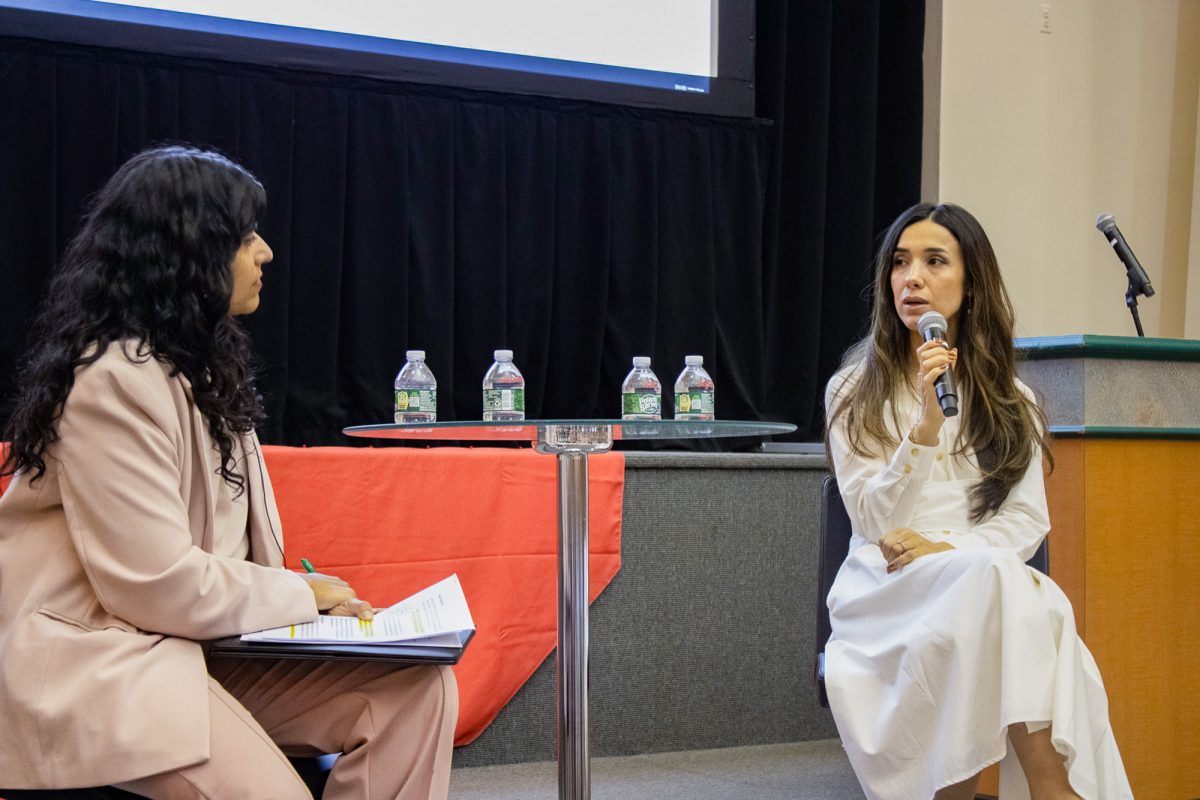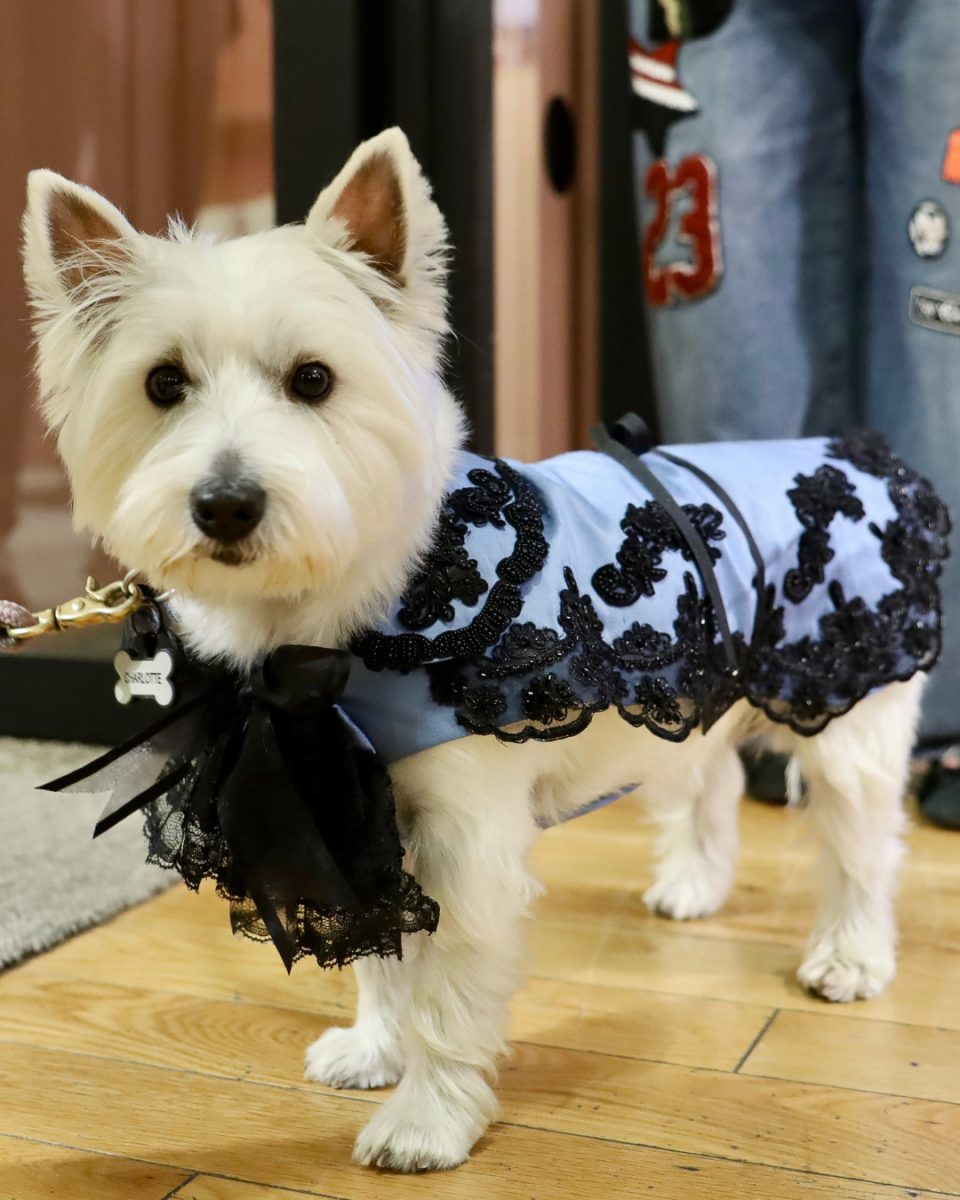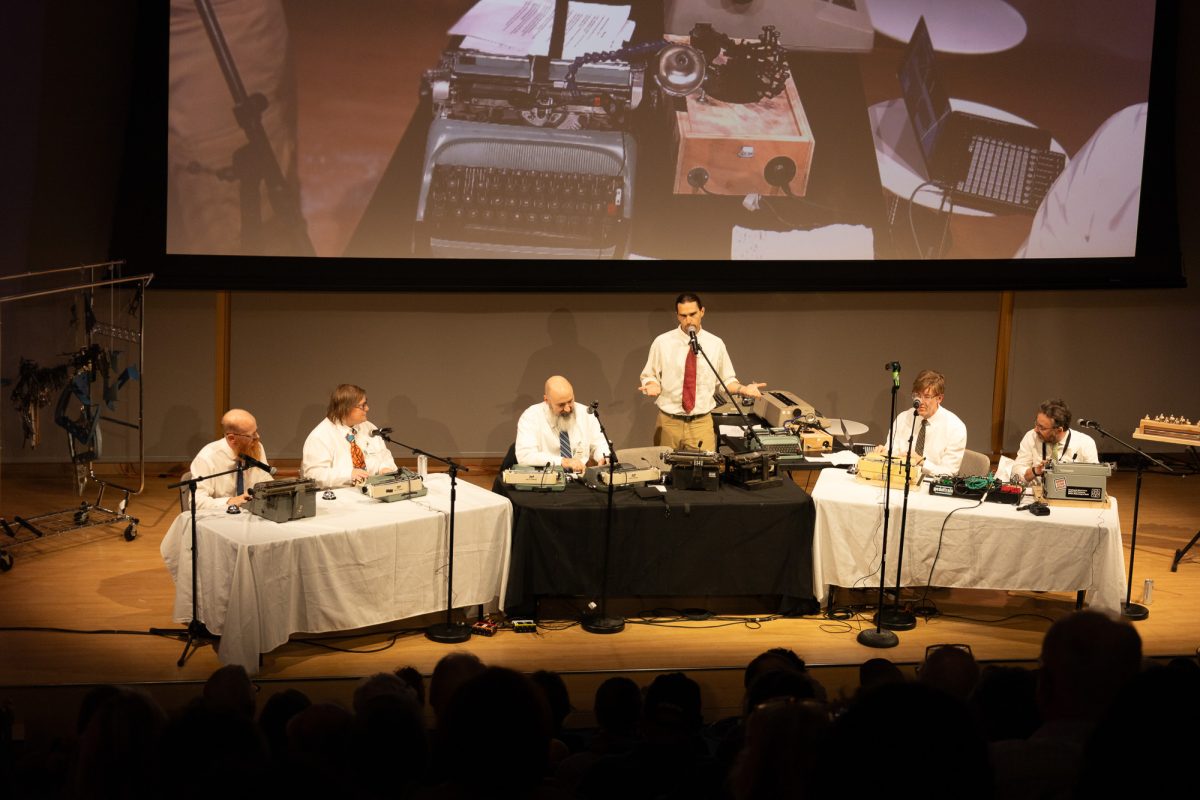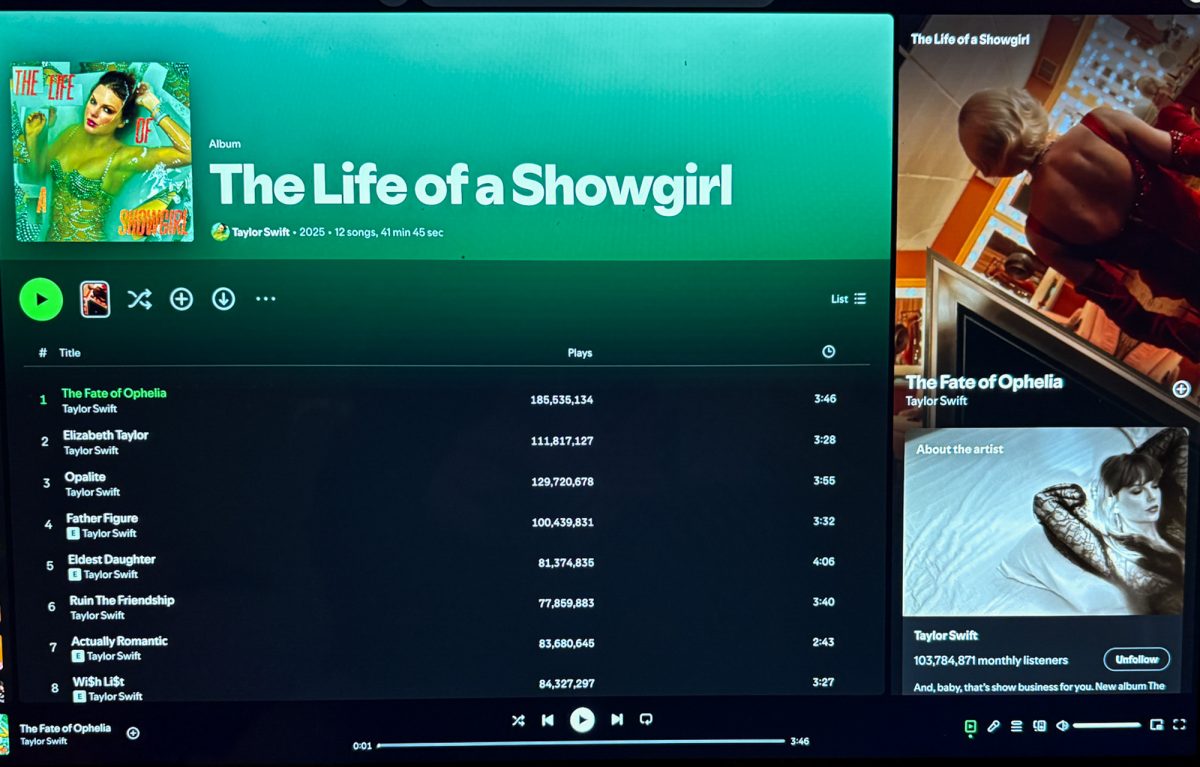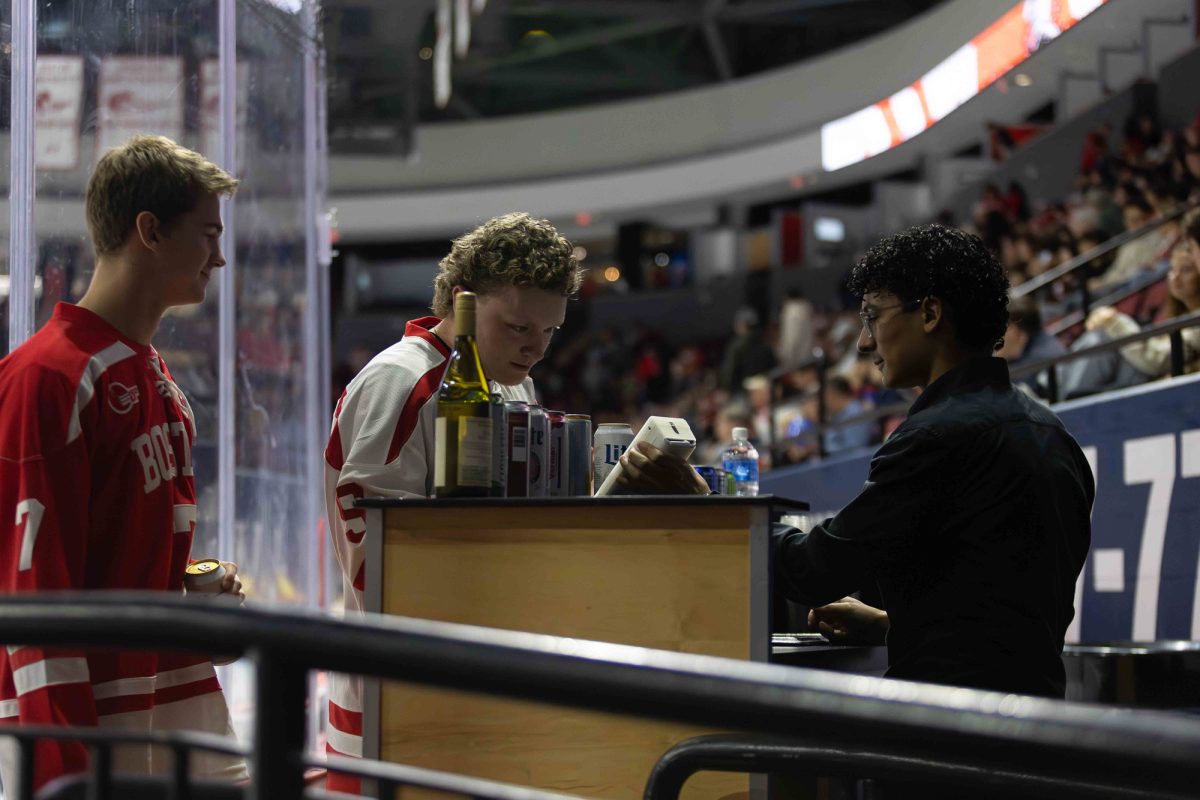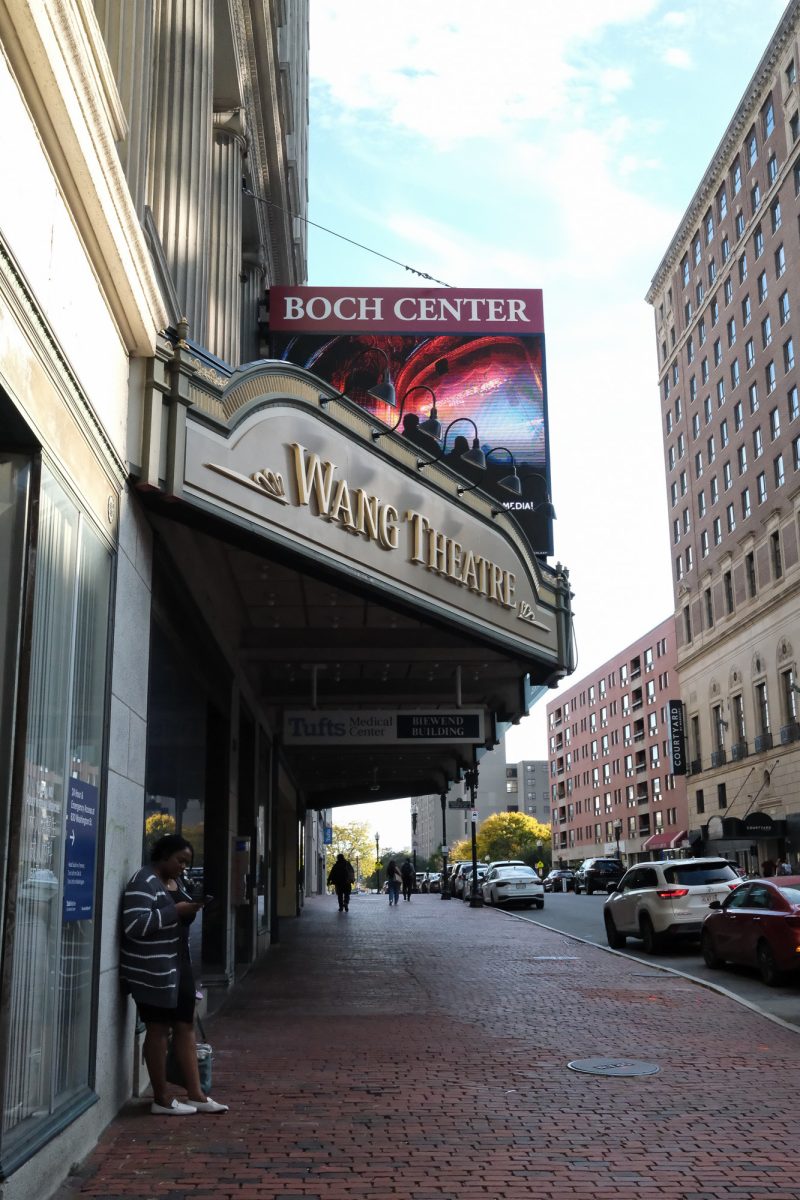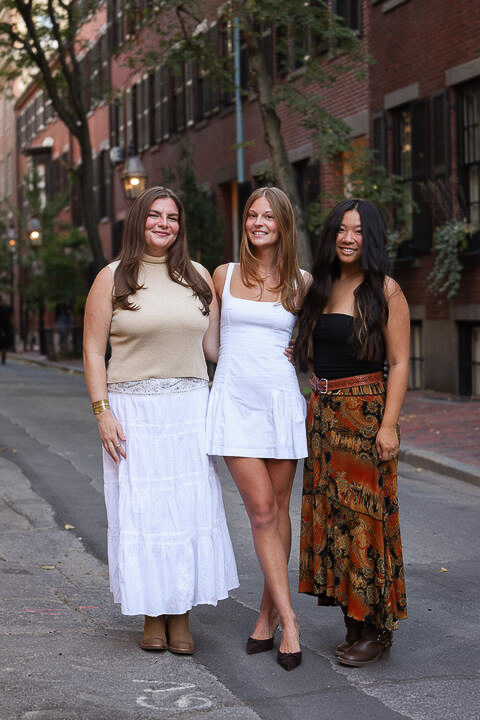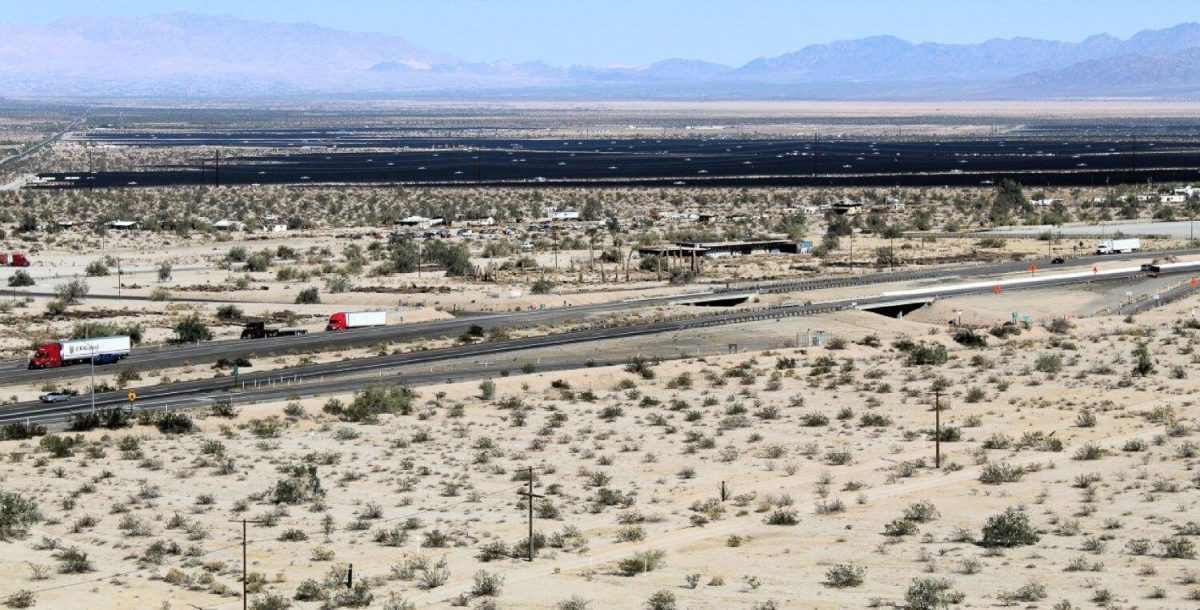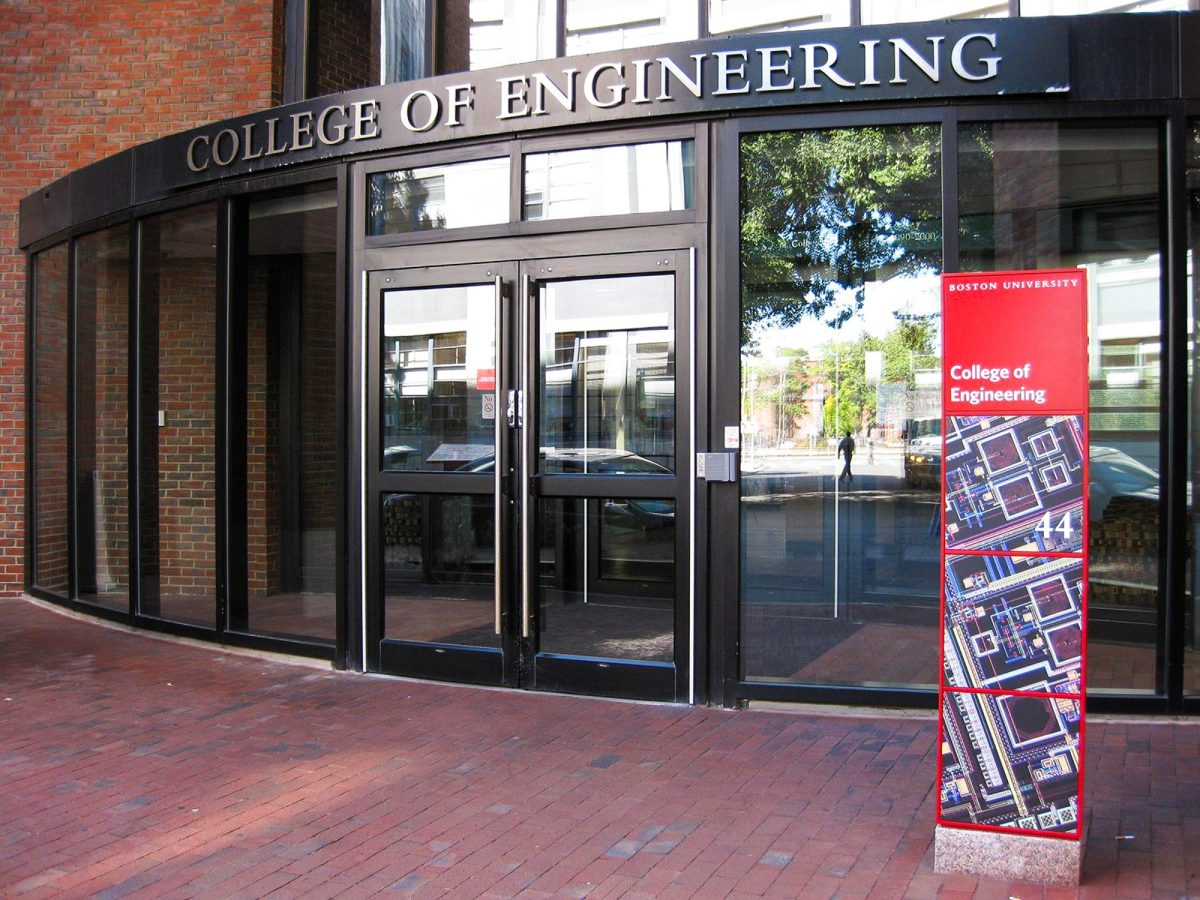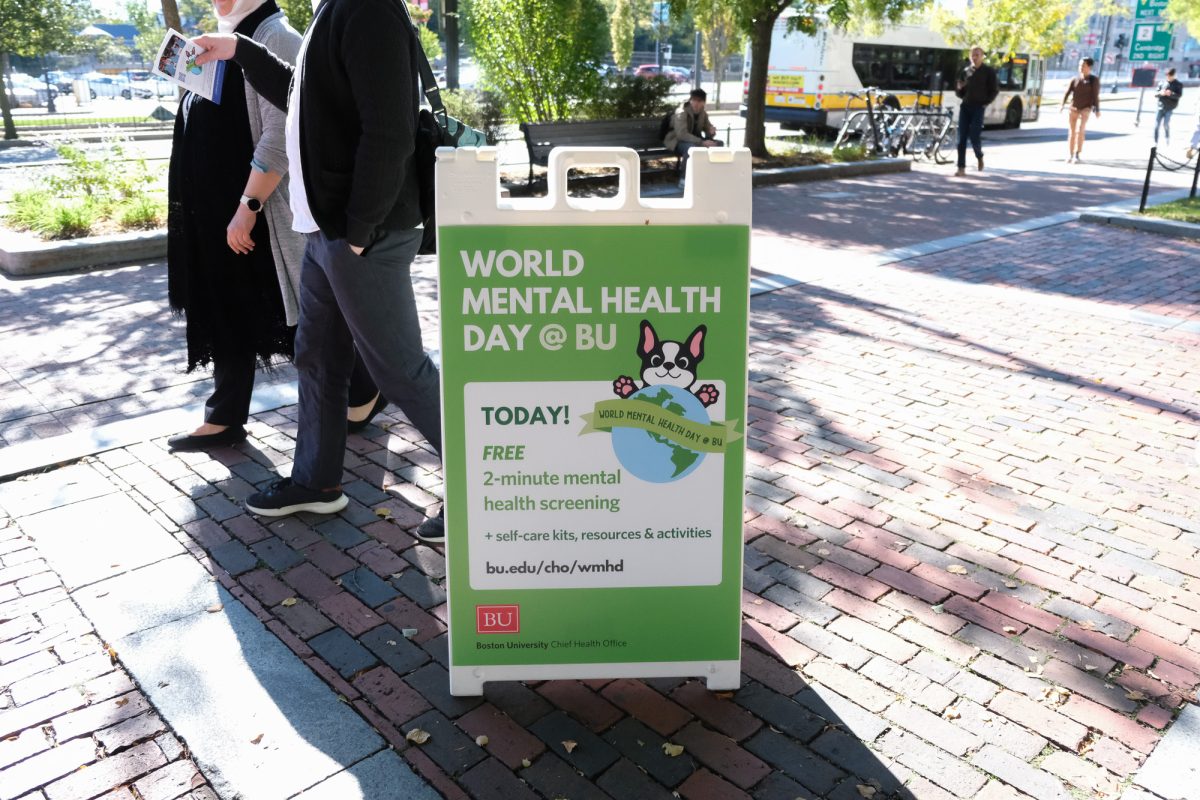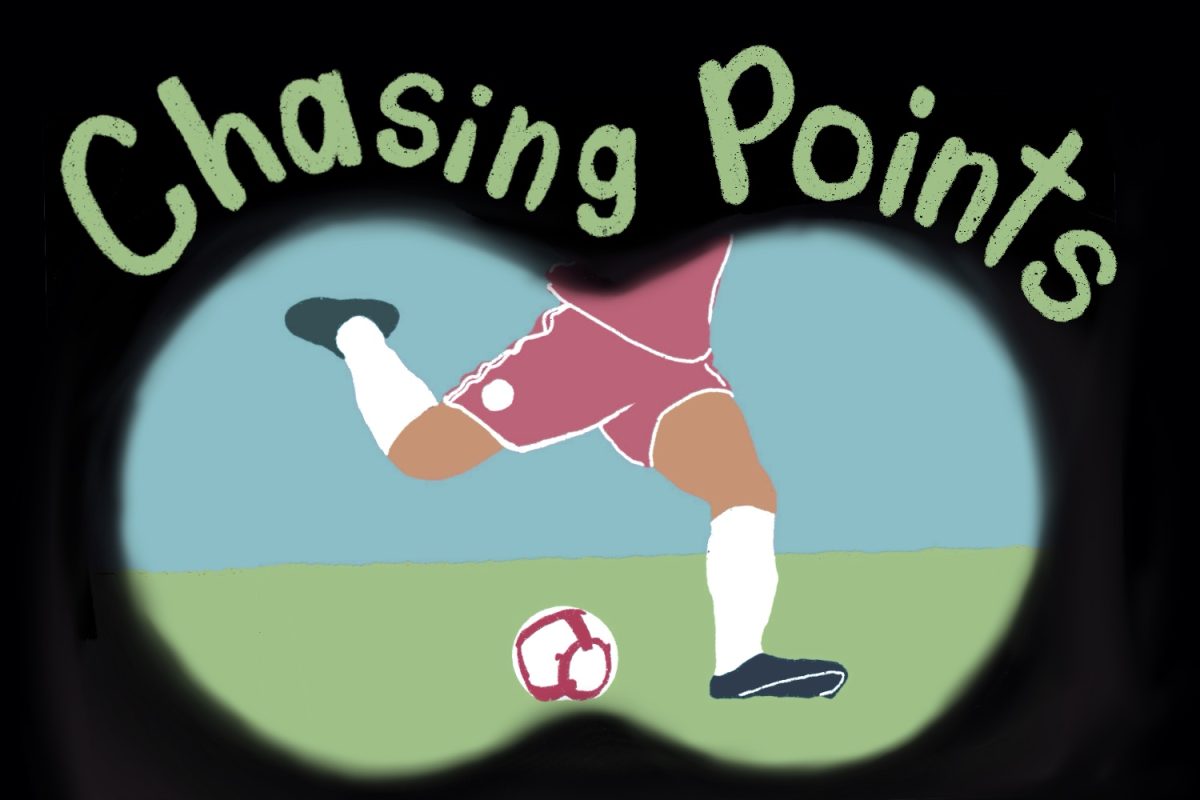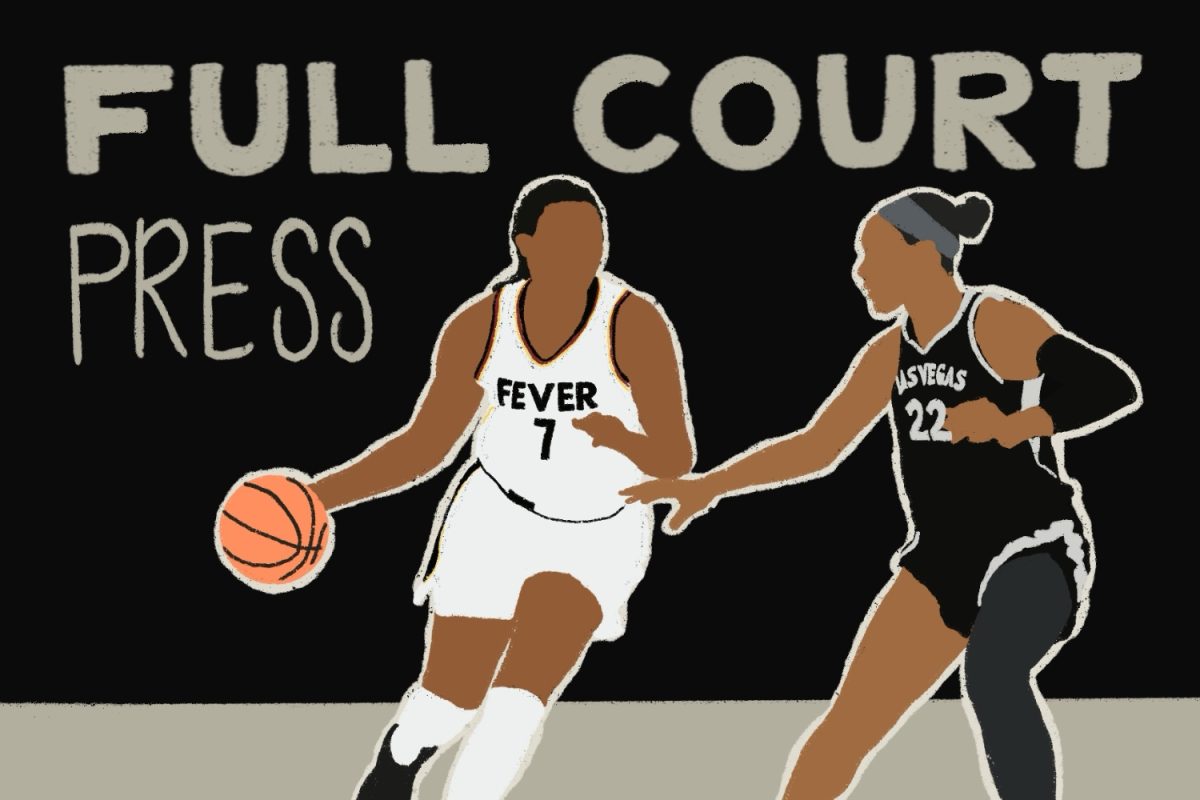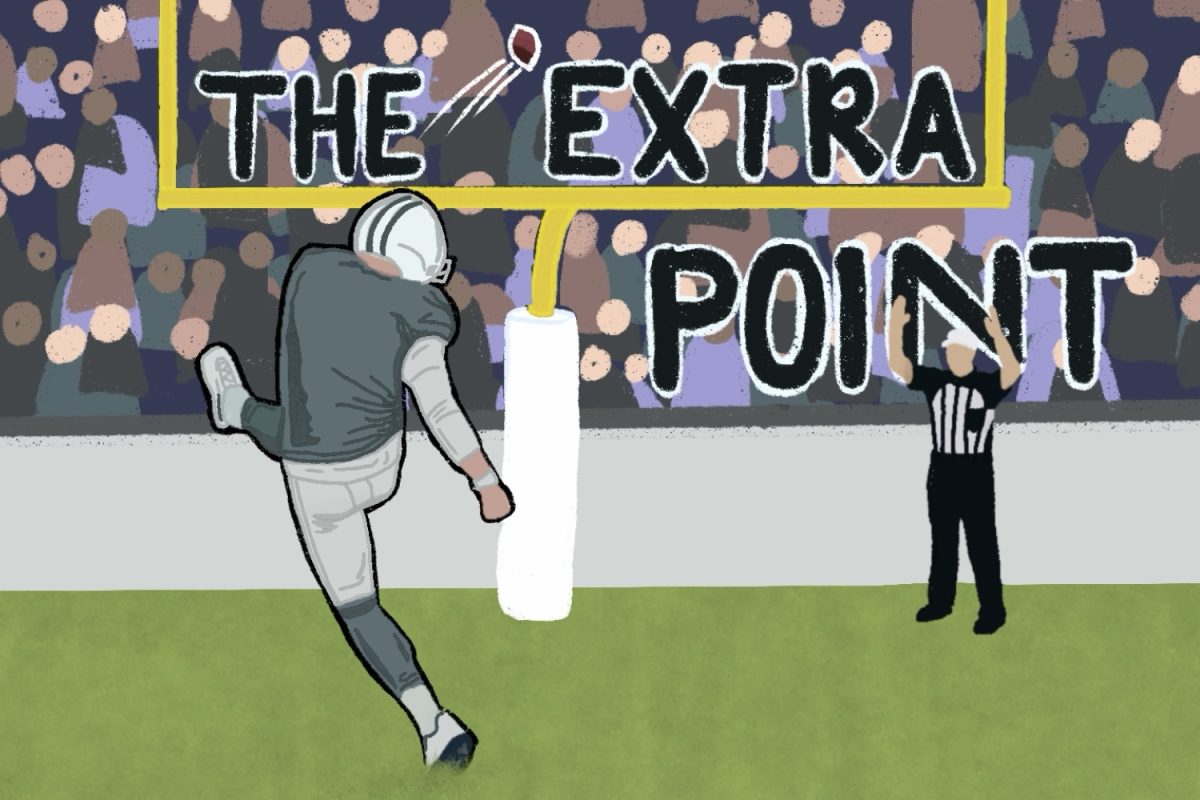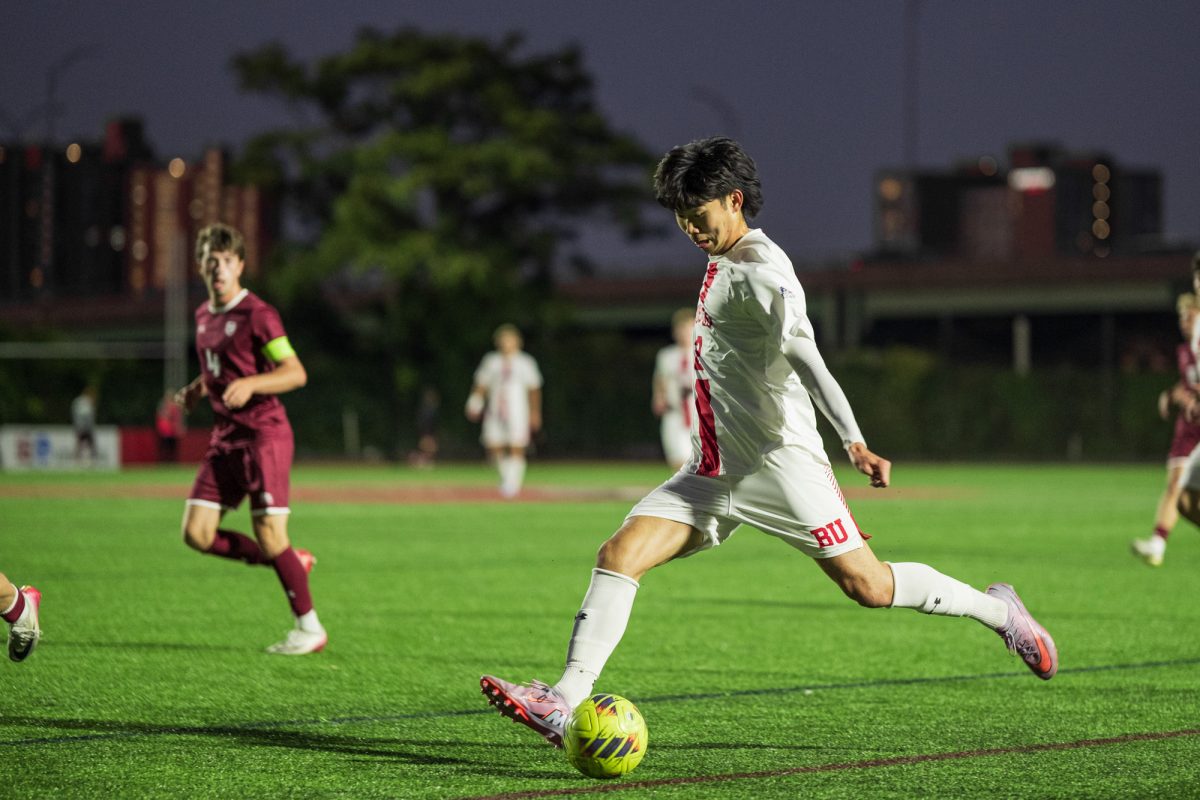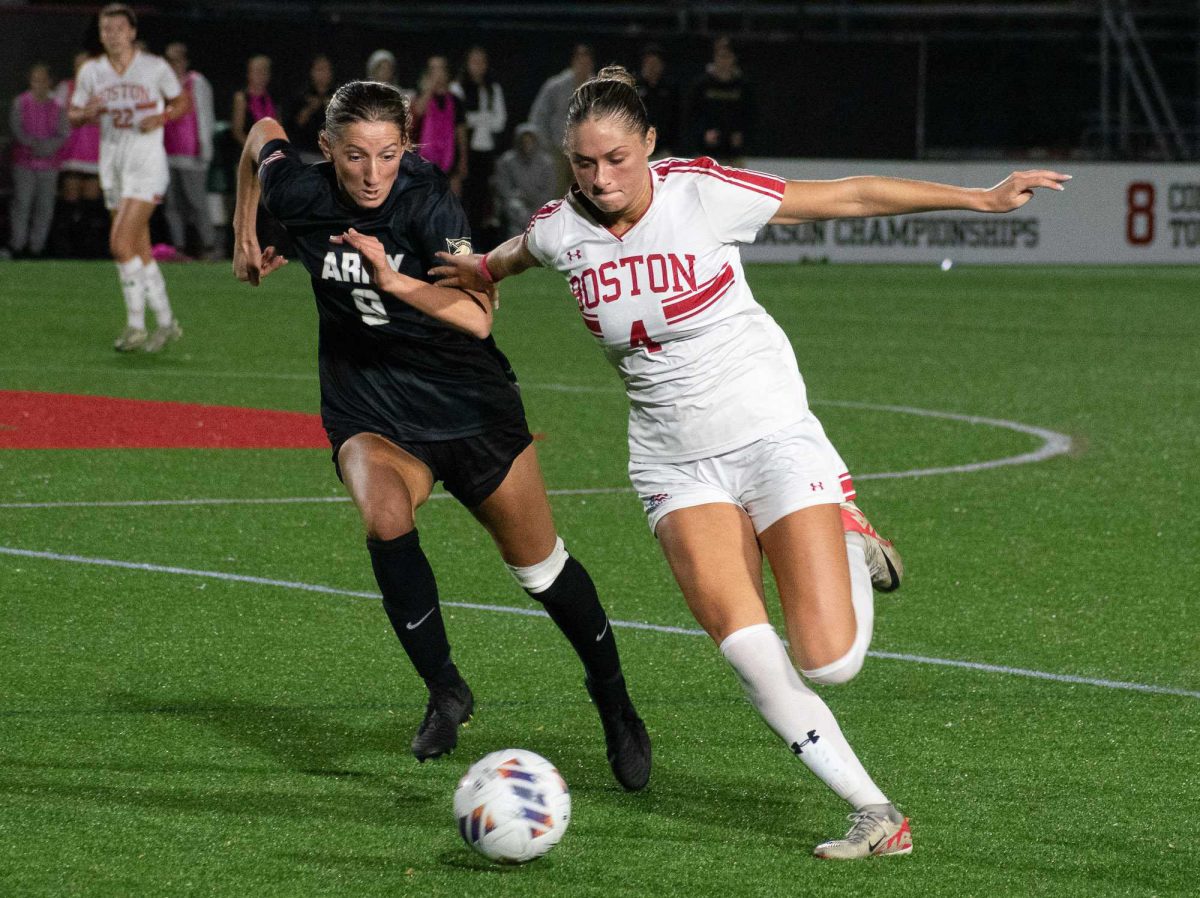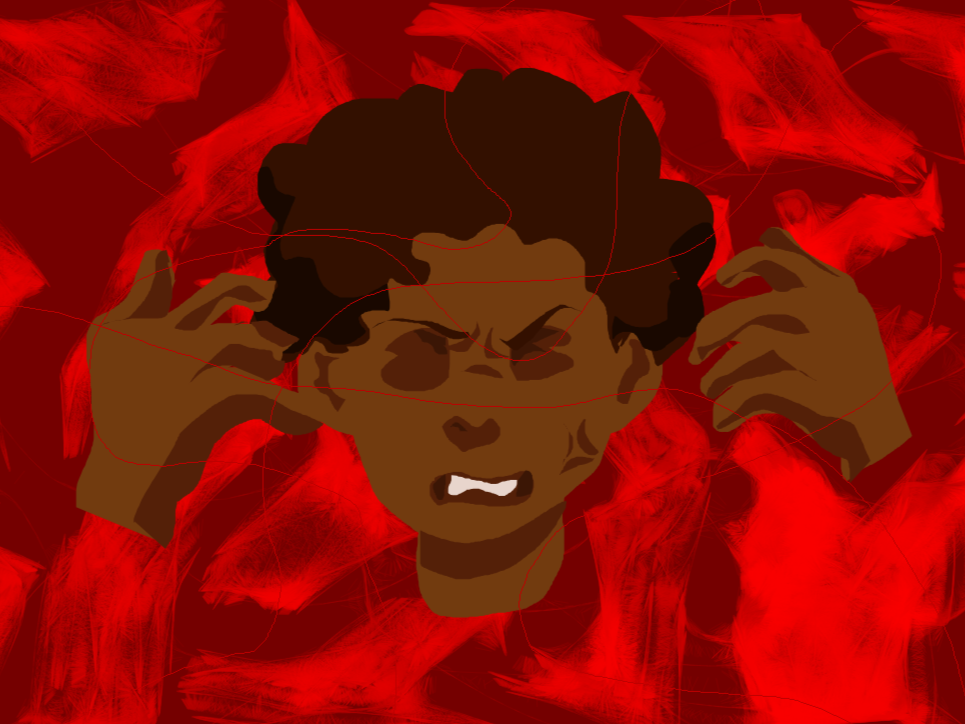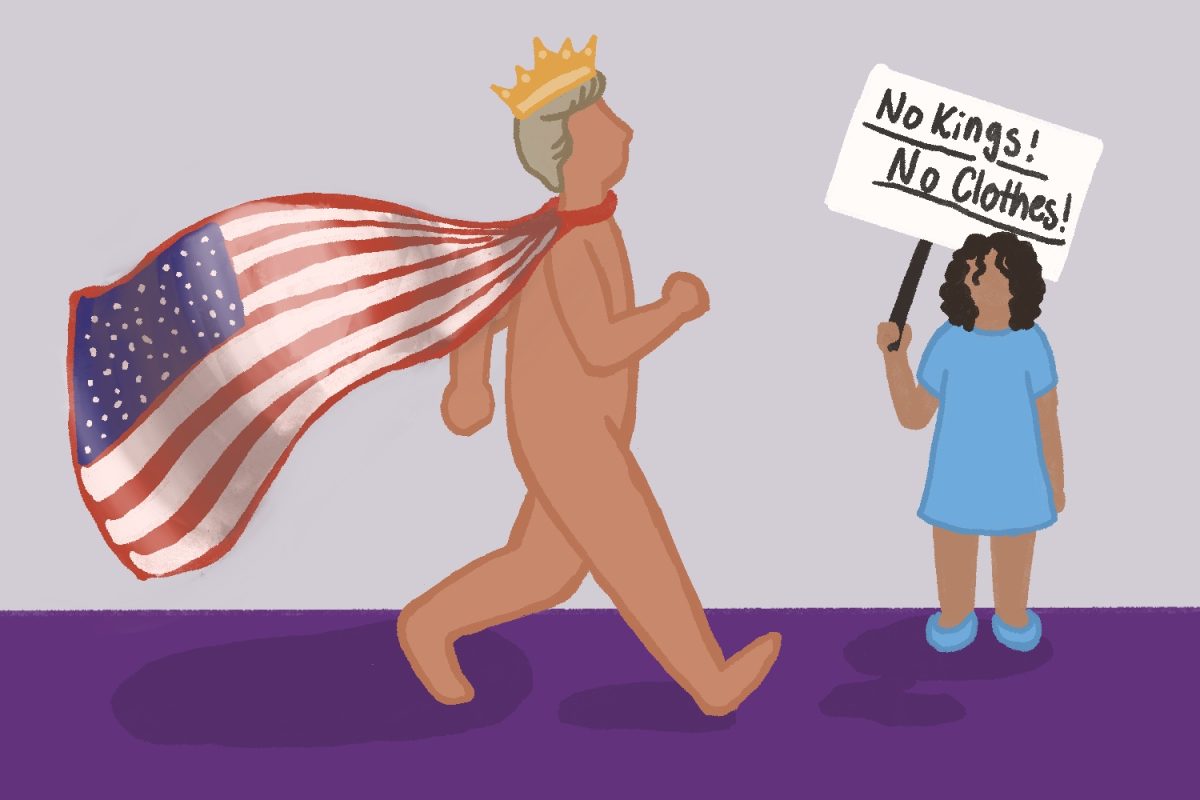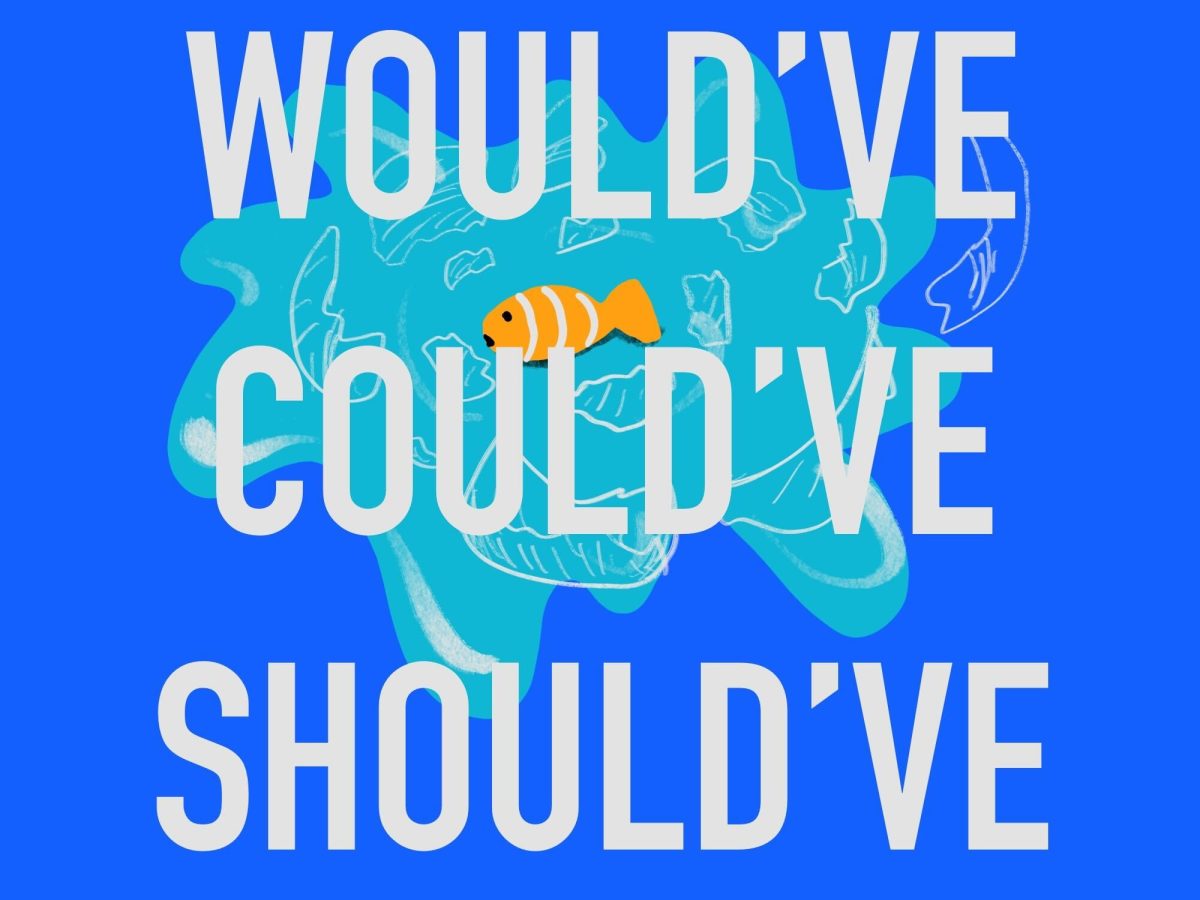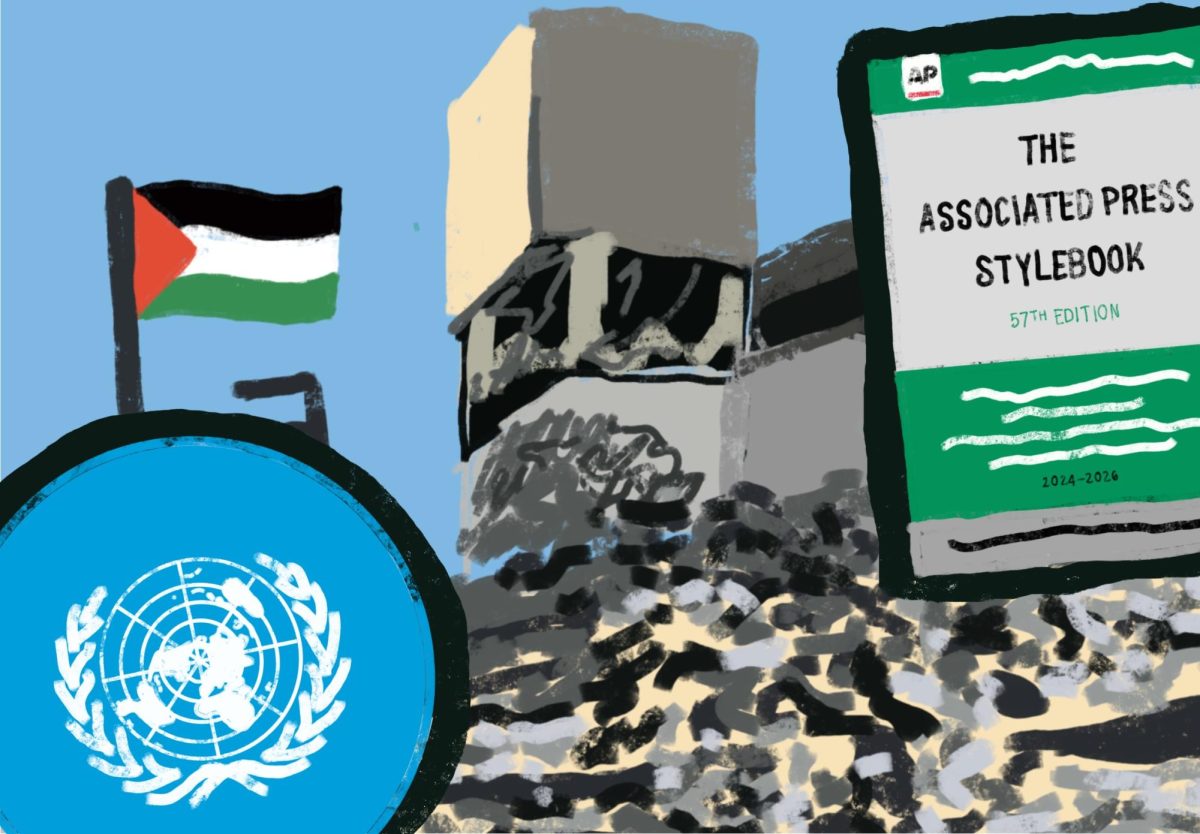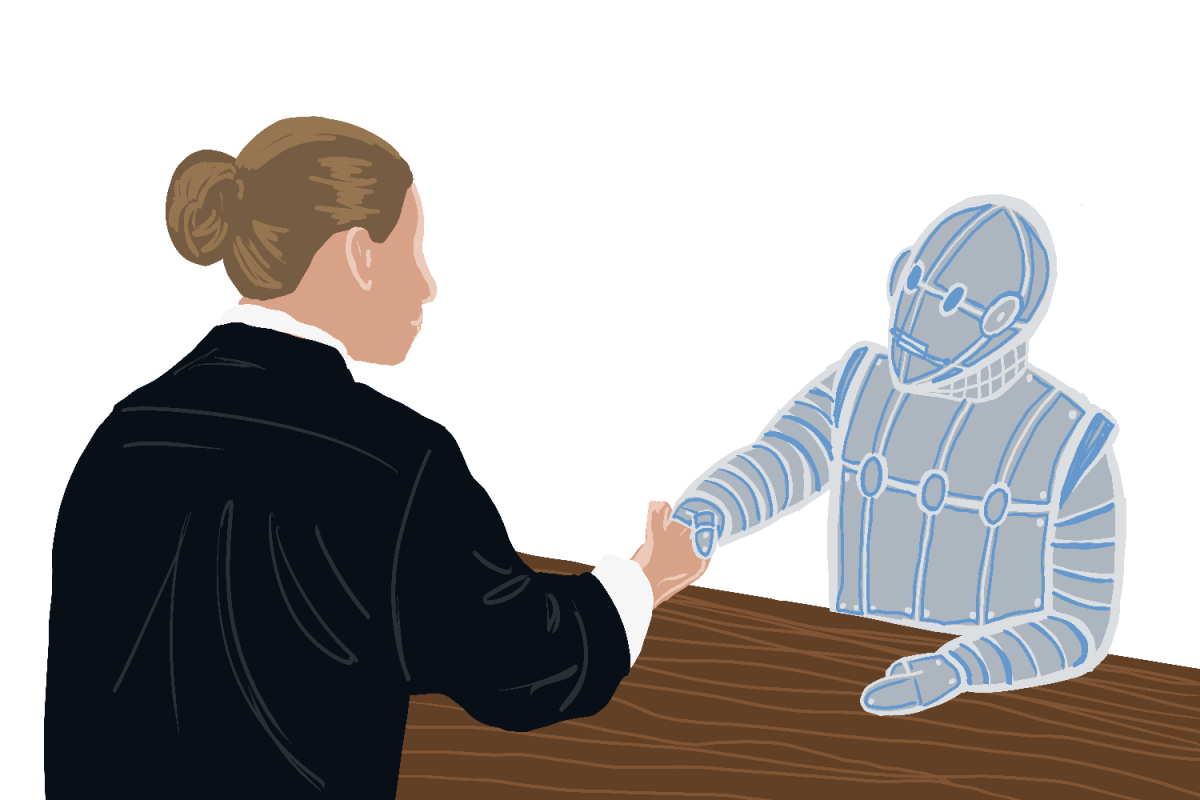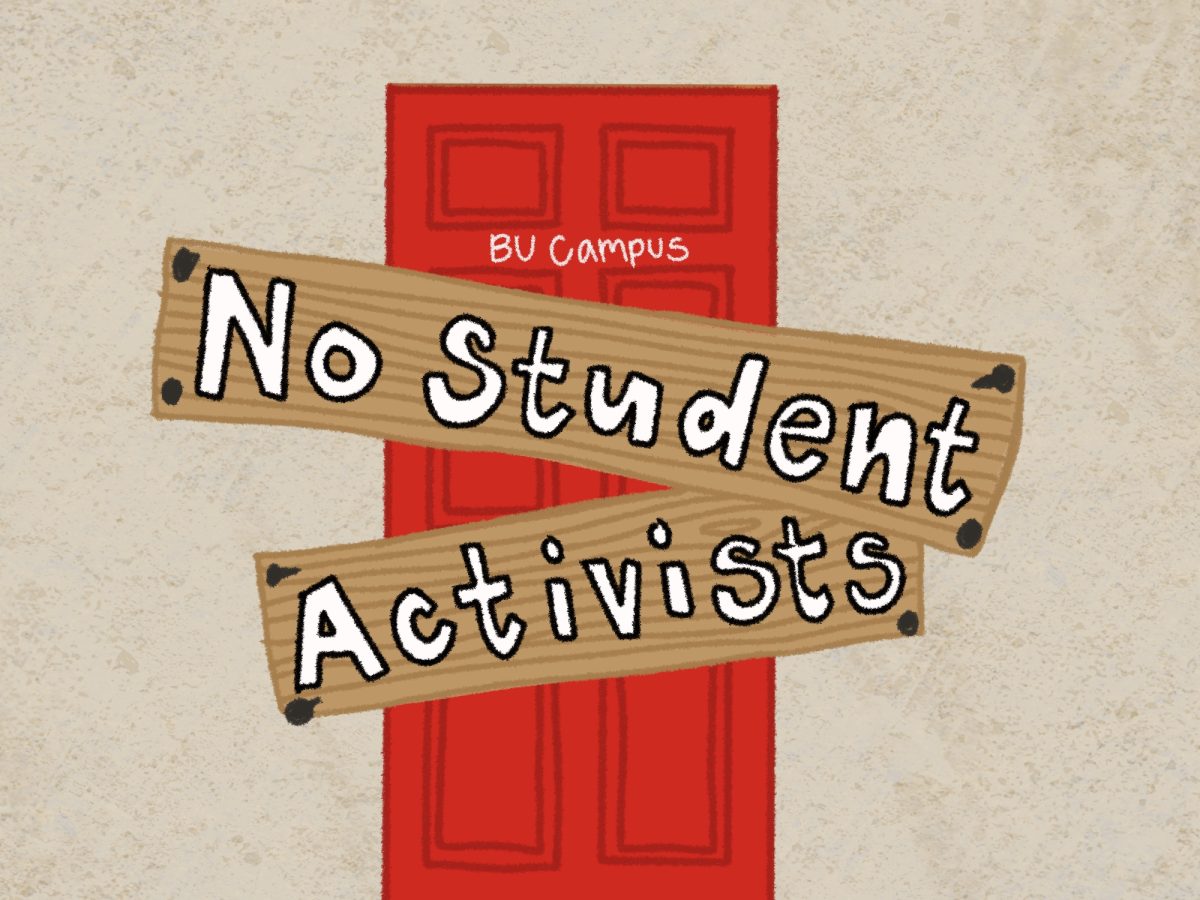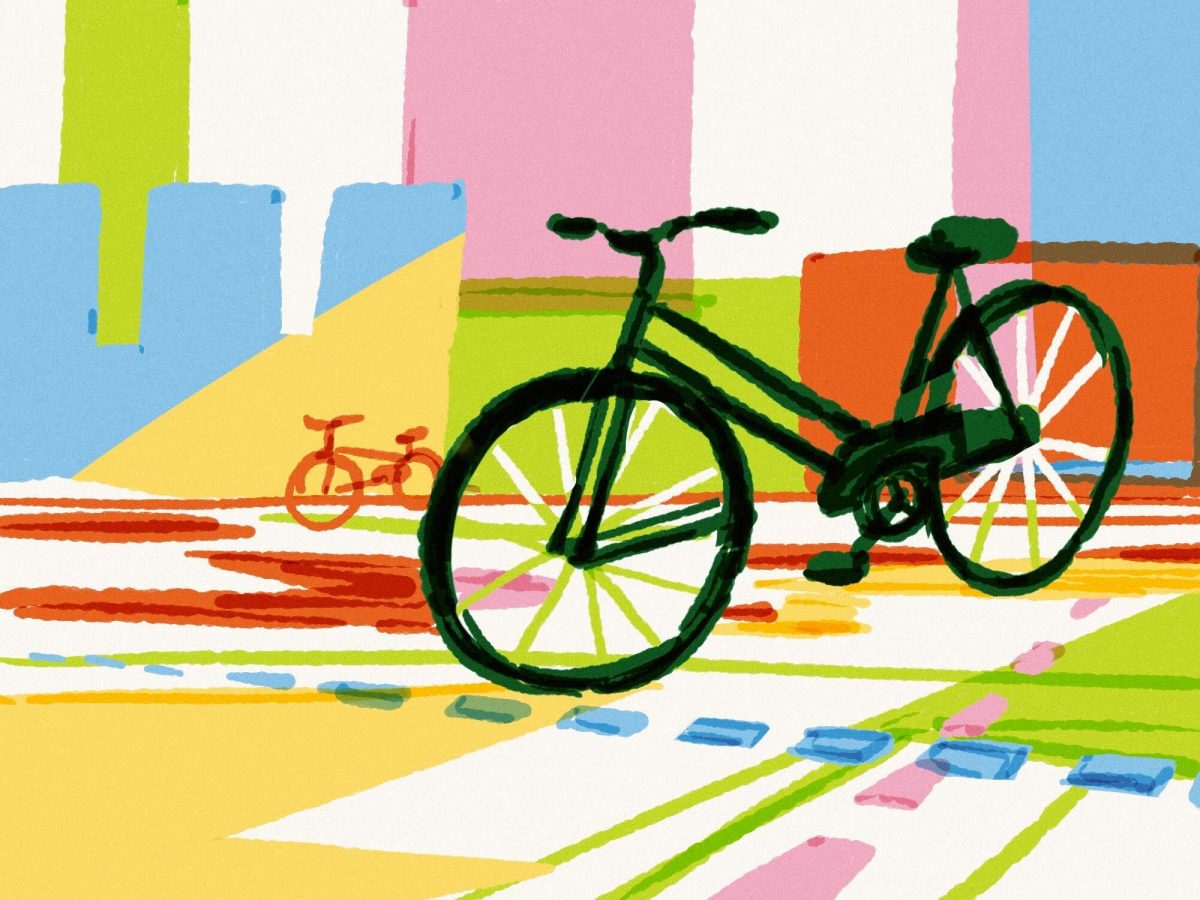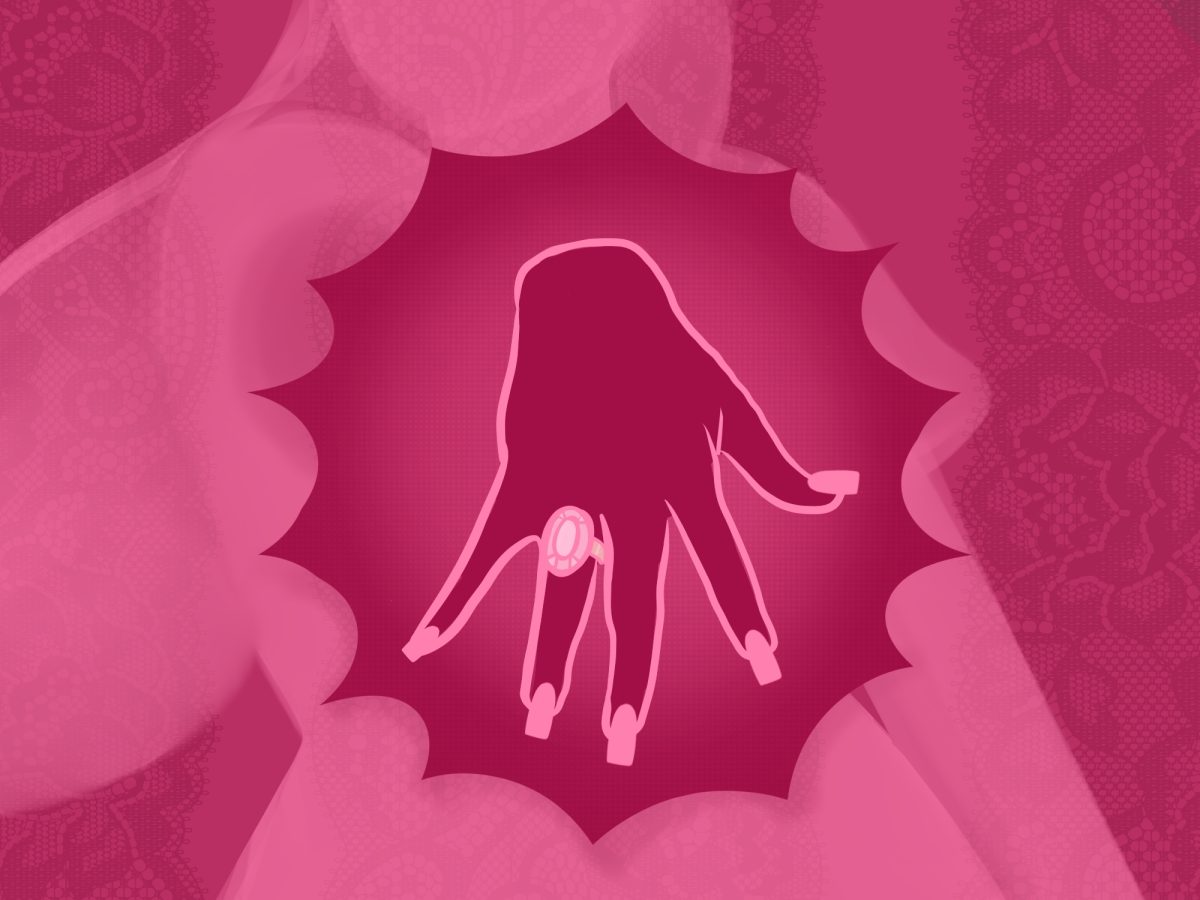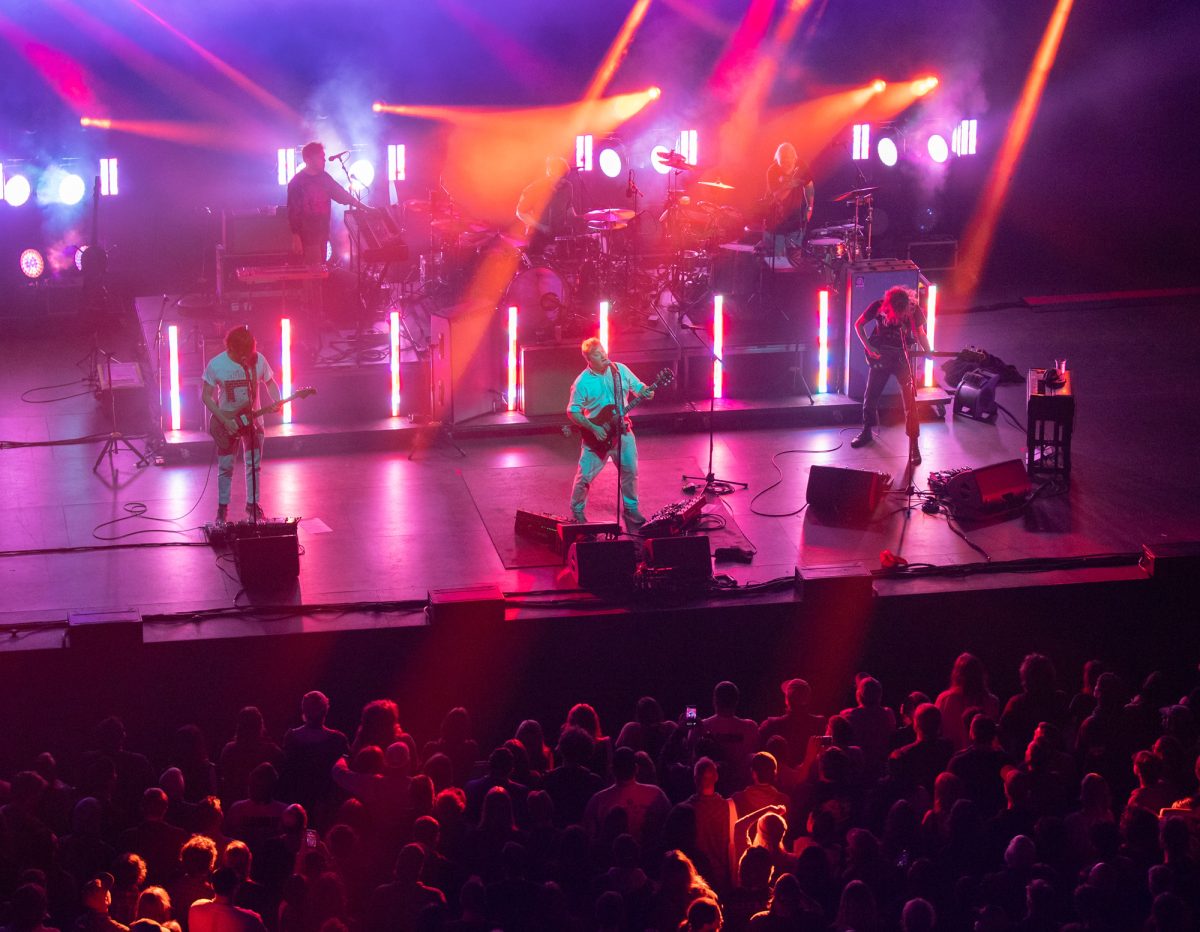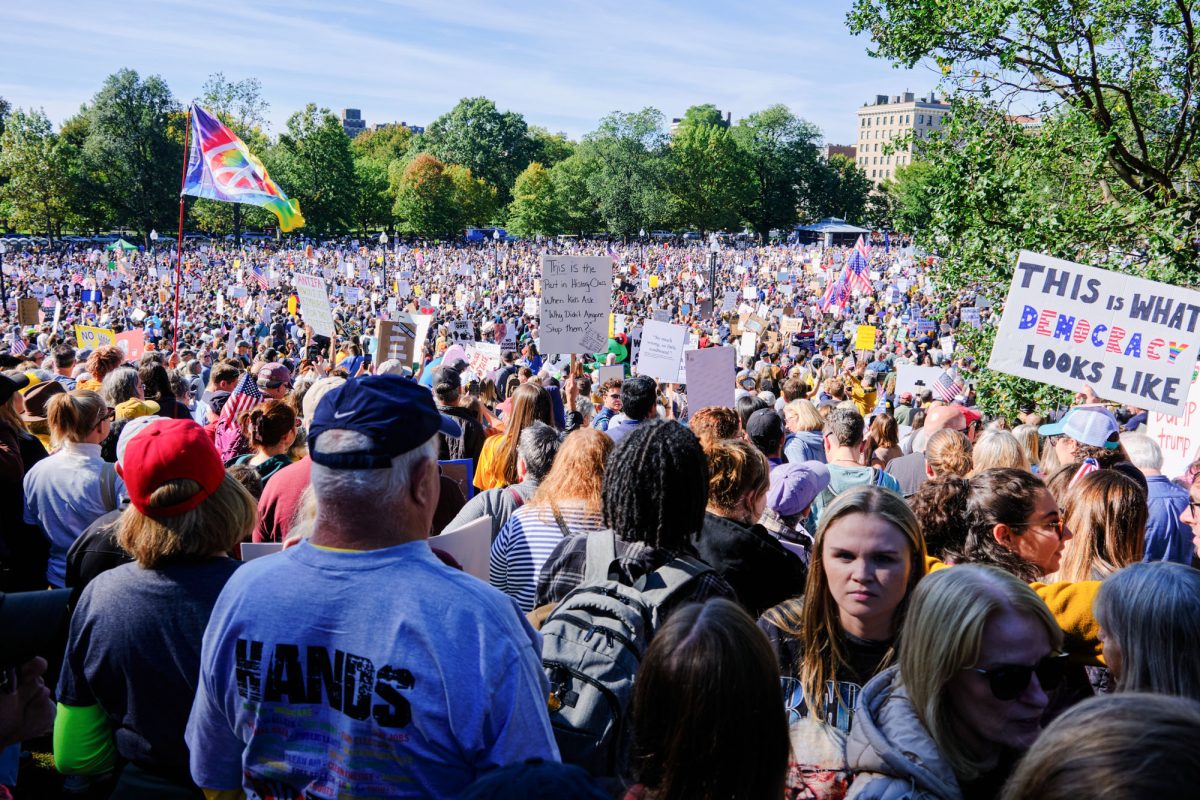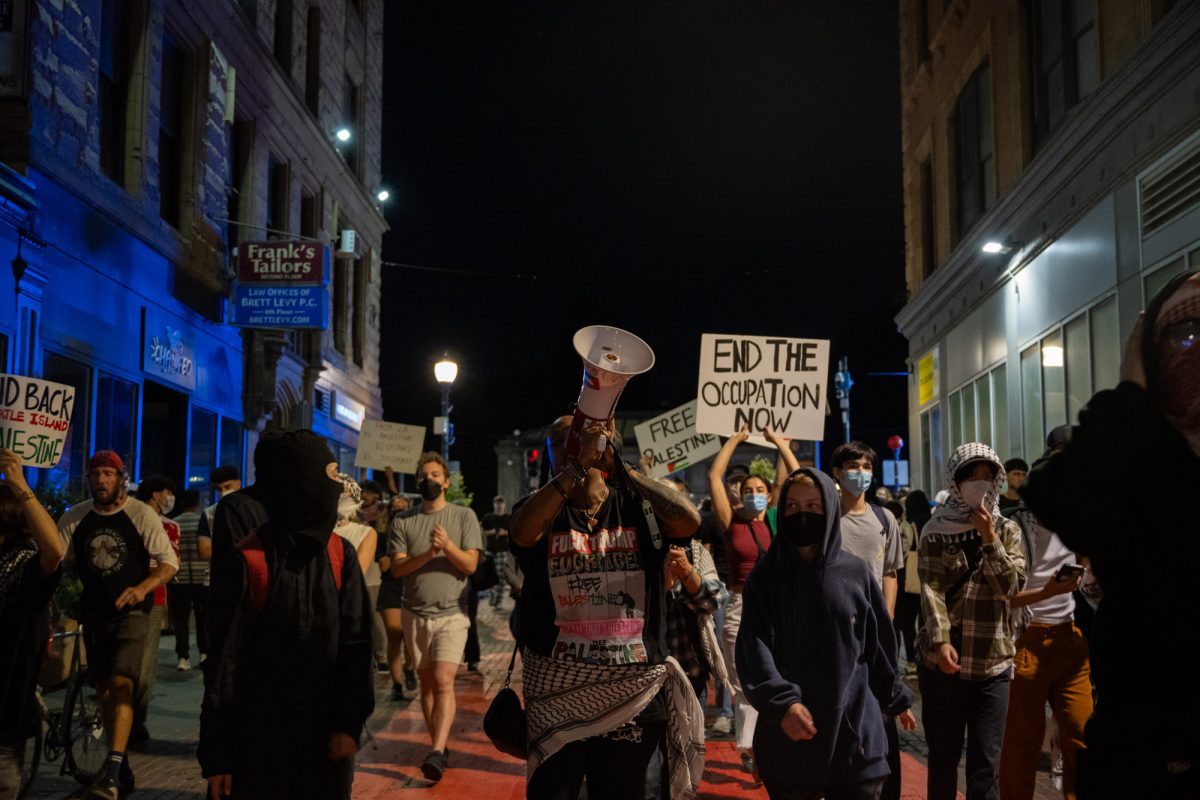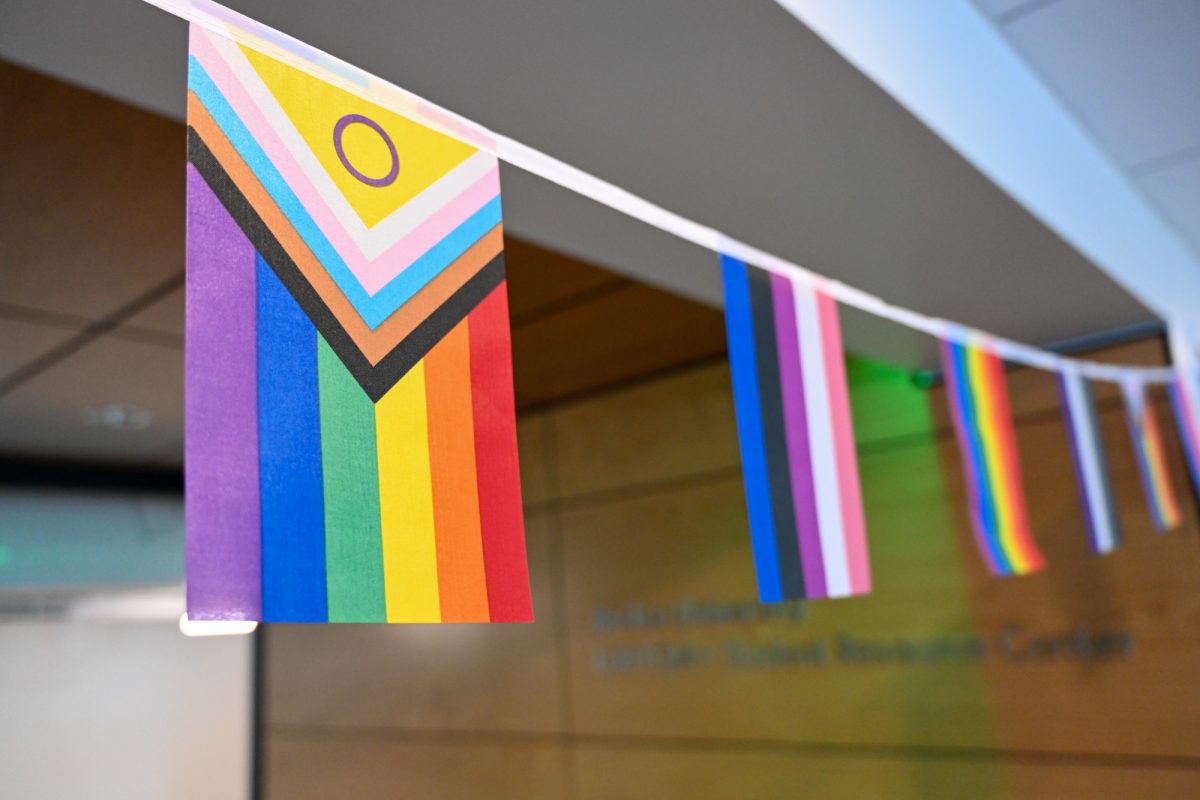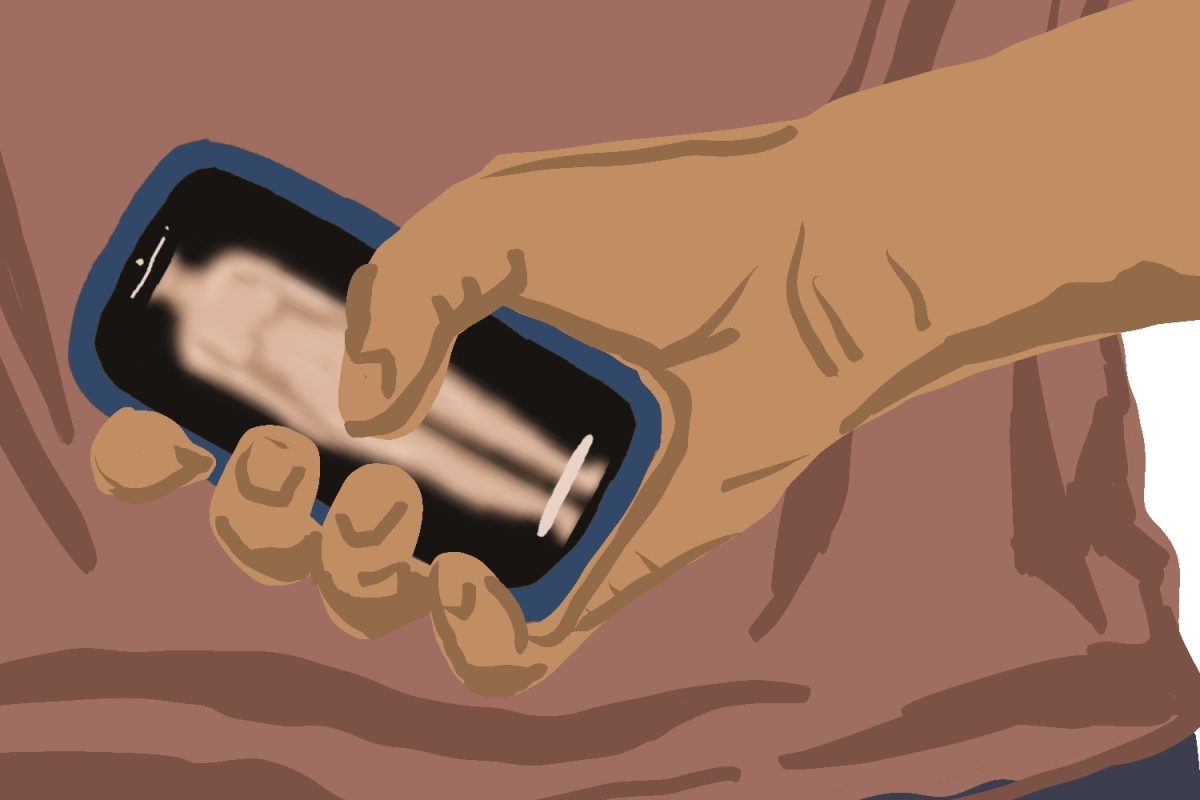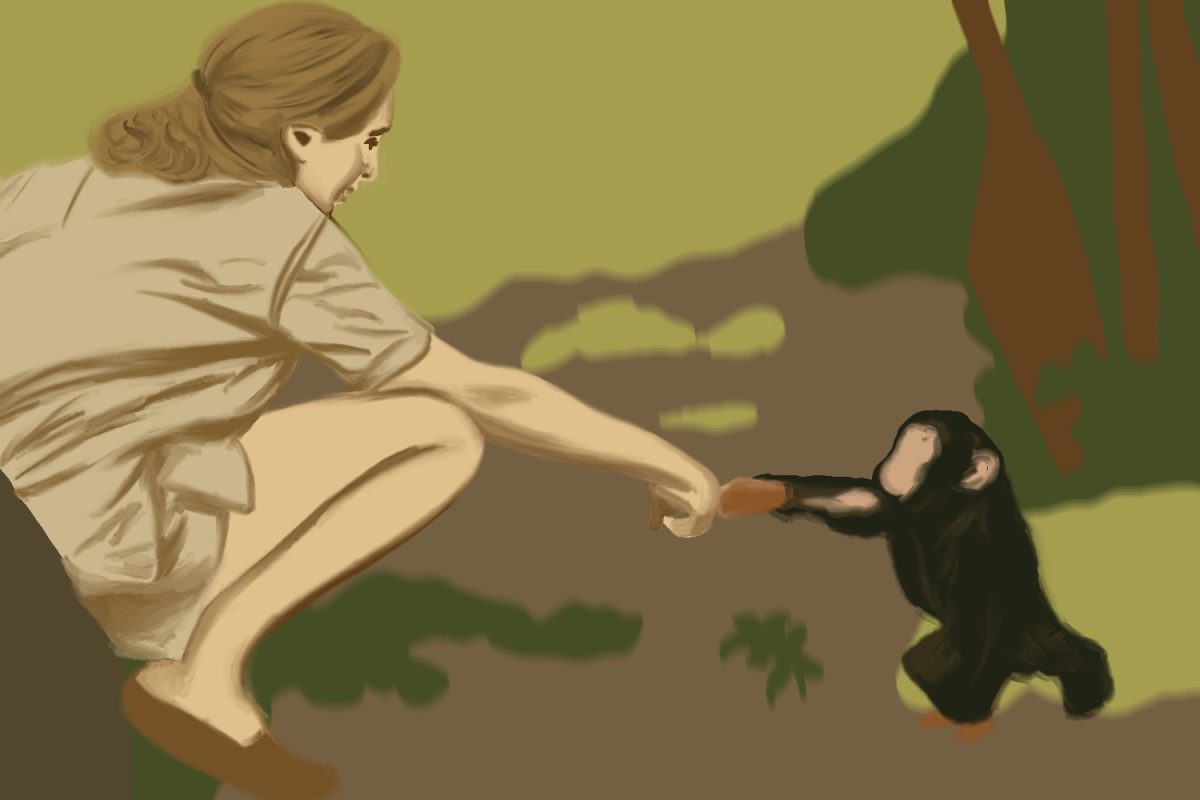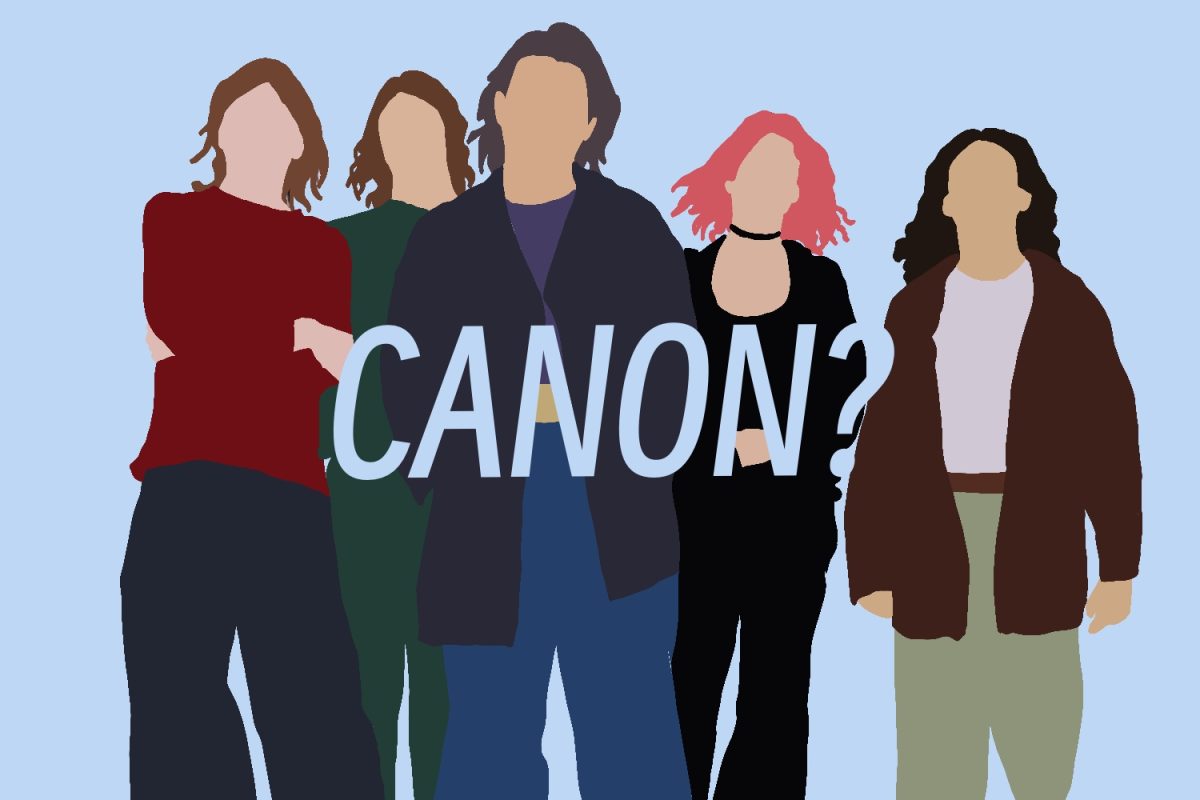In the last two years of my life, I rediscovered getting lost in epic fantasy novels for days at a time, which is something I have not done since middle school. As life got busy, reading became less of a priority. But after I officially reintroduced this activity back into my life, I was immediately sucked back into young adult novels.
One of the reasons I find myself so absorbed in these books is because they are largely written by women. These authors are able to write powerful female characters the way they should be written, without tokenizing or oversexualizing them.
The books I am thinking of specifically include “Throne of Glass” by Sarah J. Maas, the “Grishaverse” series by Leigh Bardugo and the “An Ember in the Ashes” series by Sabaa Tahir. If you want to get whisked away into a detailed fantasy world, these are the books for you.

Besides the amazing worldbuilding, the female characters in these books make me feel capable of anything, and it makes me so excited to watch them become the most powerful characters in the series. These authors write their female characters in a multi-dimensional fashion beyond love interests or physical qualities.
Readers witness complex character development, real conflicts, female empowerment and genuine female friendships that do not revolve around love triangles. These series also have multiple female characters rather than just one token heroine.
Unfortunately, I find this portrayal of women does not often translate to television.
Producers in Hollywood are predominantly men. Of the top-grossing 100 films, only 22.3% of leadership positions such as director, writer or producer were occupied by women, according to 2019 Women and Hollywood statistics.
This disproportionate concentration of men in the film industry is evident in the content being produced. For example, in “Avengers: Age of Ultron,” Black Widow has the potential to be a powerful woman in a movie full of male superheroes, but instead, the writing reduced her to a sad woman whose self-worth is based on her inability to have children.
She even refers to herself as a monster because she cannot bear children — this plotline completely destroyed any empowerment she could have had in that movie.
Furthermore, the writers pursued a forced romance between Black Widow and Bruce Banner for no reason other than the need for female characters to be in romantic relationships.
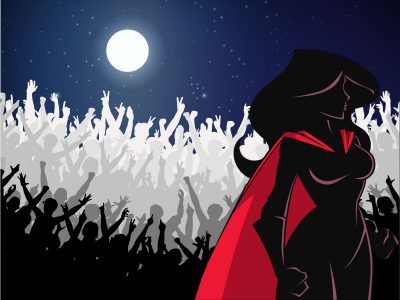
It is no surprise the team members who created this movie were predominantly men, with producer Kevin Feige and director Joss Whedon at the lead.
Comparatively, the co-executive producers on the team of the new Netflix show “Shadow and Bone” — an adaptation of the book series by Bardugo — were women. Bardugo was an executive producer herself.
While watching the series, I realized I enjoyed it so much because the female protagonists felt as powerful as they did in the books. None of them were sexualized or one-dimensional. The characters Alina, Inej, Zoya and Nina stole the show and gave me the powerful representation I want to see more of in Hollywood.
Of course, there are many other examples of well-written women in cinema, but I find many of these examples come from movies and TV shows directed and produced by other women. We need more representation of different races and genders in the higher levels of directing and production to have strong female leads who are not just there for the development of male characters, but are able to represent their unique identities.
“Shadow and Bone” is an example of what happens when you bring in women to direct and produce a show. I hope we continue to see more of these three-dimensional female characters in TV shows and movies and less of the disappointing “damsel in distress” trope.


